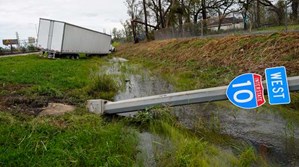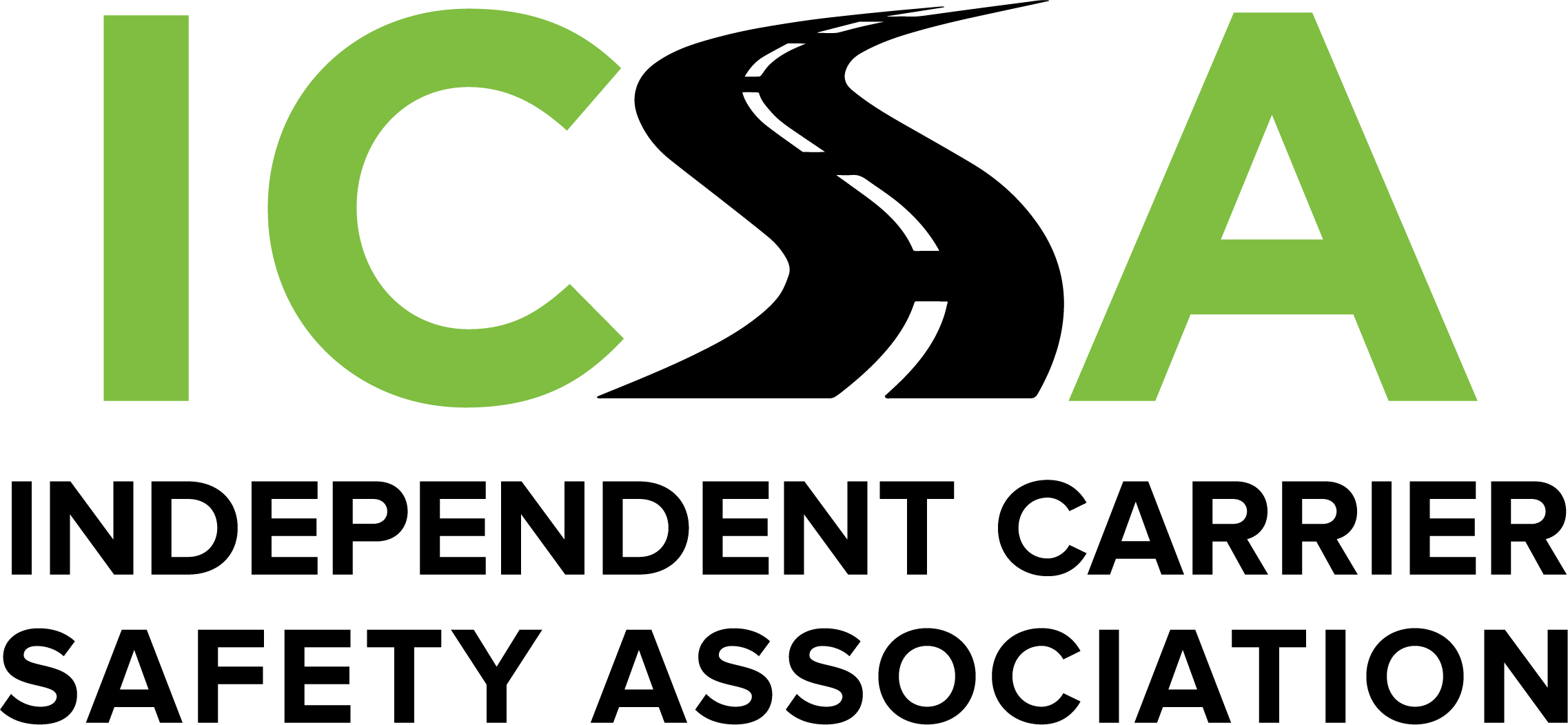By Warren Hoemann, ICSA Regulatory Contributor

Hurricane Katrina in 2005, and now Hurricane Helene in 2024, with Milton bearing down on the Gulf Coast! Major storms, with major disaster areas and the need for emergency supplies, most of which come by truck. ICSA thanks you if you are willing to help or are already involved. I was serving as Deputy Administrator to FMCSA when Katrina hit and would like to share a bit of what we learned from that catastrophic storm.
 First, be aware that FMCSA and states affected by Helene have issued emergency declarations to facilitate truck traffic focused on hurricane relief. The FMCSA declaration allows relief only from federal hours of service (HOS) rules. Upon completion of an emergency trip, a truck driver must be allowed a minimum of 10 consecutive hours off duty before resuming normal operations. Find the FMCSA’s declaration here.
First, be aware that FMCSA and states affected by Helene have issued emergency declarations to facilitate truck traffic focused on hurricane relief. The FMCSA declaration allows relief only from federal hours of service (HOS) rules. Upon completion of an emergency trip, a truck driver must be allowed a minimum of 10 consecutive hours off duty before resuming normal operations. Find the FMCSA’s declaration here.
The states of Florida, Georgia, Kentucky, North Carolina, South Carolina, Tennessee, Virginia and West Virginia have issued their own emergency declarations. State-level declarations may provide relief from other regulations, such as size and weight restrictions or the need to stop at weigh stations. On the other hand, states will close damaged roads and may restrict truck travel to only those vehicles transporting emergency supplies. Find state-level declarations here.
As I indicated above, trucking leaders have learned a lot about providing disaster relief following catastrophic weather events such as that unleased by Helene. Some of it was learned from the mishaps and missed opportunities that followed Katrina in August 2005.

Planning and patience. This isn’t trucking as usual. The rules of transportation to disaster areas are set out in federal and state emergency declarations such as those listed above. Those emergency declarations contain both waivers of regulations and restrictions on highway transportation. The declarations are continually updated as conditions change – so read them carefully before each dispatch.
Changing conditions. Conditions continually change during disaster recovery. Access to food, fuel and truck parking may be limited. Plan for more travel time and more stops than usual.
Follow directions from state and local emergency officials – trucks may be rerouted and the time and place for a scheduled delivery may change.
Speaking of scheduled deliveries, past disaster experience saw well-intentioned groups gather supplies and arrange for truck transportation – without alerting emergency officials at the receiving end about the load. Emergency officials often do not have the resources or space to handle unexpected deliveries. Those trucks became part of the disaster problem, not part of the solution. Be sure every load you carry is anticipated at destination.
Afterwards. Not only do truck drivers need their rest after emergency operations, so too do your trucks – through complete inspections and thorough cleaning. Especially check tractor and trailer undercarriages for damage and debris, and make sure all lights, cameras and sensors are clean and operational.
Thank you again for helping those in need!



 First, be aware that FMCSA and states affected by Helene have issued emergency declarations to facilitate truck traffic focused on hurricane relief. The FMCSA declaration allows relief only from federal hours of service (HOS) rules. Upon completion of an emergency trip, a truck driver must be allowed a minimum of 10 consecutive hours off duty before resuming normal operations. Find the
First, be aware that FMCSA and states affected by Helene have issued emergency declarations to facilitate truck traffic focused on hurricane relief. The FMCSA declaration allows relief only from federal hours of service (HOS) rules. Upon completion of an emergency trip, a truck driver must be allowed a minimum of 10 consecutive hours off duty before resuming normal operations. Find the 